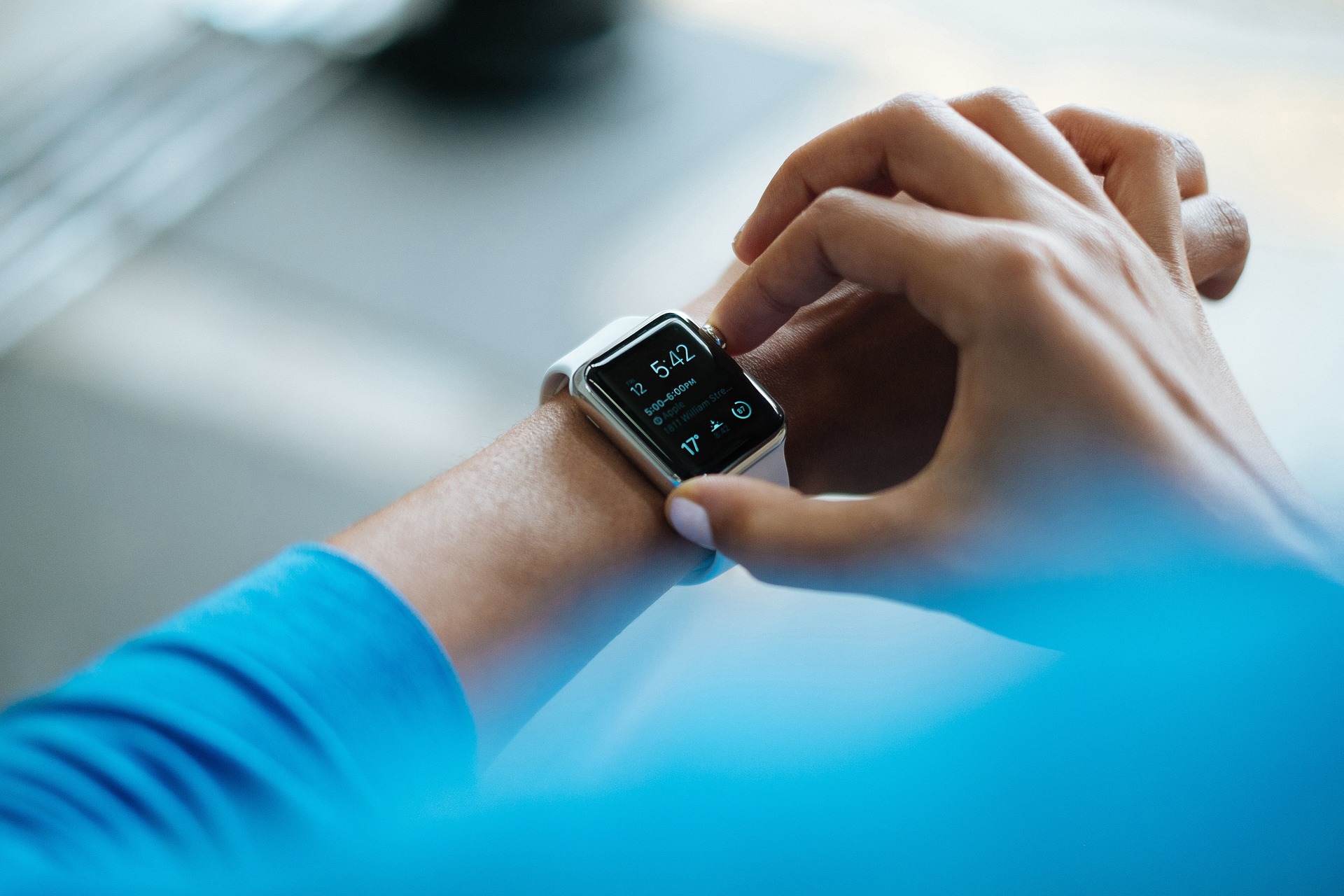By Yolanda Cham Yuen
ycham@itesm.mx
In the fields of science and engineering, the infrastructure of educational institutions represents one of the limiting factors for creating practical learning experiences. Setting up a laboratory, buying equipment, maintenance and the supply of consumables represent a significant expense for educational institutions, not only in terms of the initial investment, but also the fixed costs implied.
Advances in wearable technology incorporate electronic accessories or devices in clothing. The miniaturization of sensors and the improvement of device processing capacities make it possible to use such devices to generate practical learning experiences for classes that are traditionally taught in a theoretical or explicatory manner. They also provide enhanced mobility, avoiding the need to be tied to a physical space for carrying out experiments and creating a sort of mobile laboratory.
data-animation-override>
“Wearable technology allow us to do learning experiments in real scenarios. They become mobile laboratories.”
Real-time data can be generated to resolve problems related to class topics, providing an experiential perspective that has a positive impact on the teaching-learning process. Some examples of such devices, and the practical cases where they were used for increased learning, are shown below:
-
Wearable commercially available sports devices, because of their great mobility, user-friendliness, low cost and availability, as for example: Fitbit and GoWear Fit. These devices were used for the seventh-semester Research and intervention in nutrition and exercise course of the B.S. in Nutrition and Comprehensive Wellbeing to measure different variables in athletes and analyze physical stamina and its relation to nutrition in real situations (outside the laboratory), such as at a sports competition.
-
Maker-culture devices, such as Arduino and Bitalino, with biometric sensors for developing wearables that allowed us to work on data collection, processing and visualization. These devices were used in the fifth-semester Biomechanics class of the B.S. in Biomedical Engineering in different exercises for diverse topics, ranging from the measurement of muscular fatigue in athletes, to the detection of heart arrhythmia, to the activation of a hand prosthesis through electromyographic signals in the arm.
These two technologies allow students to carry out experiments in real scenarios, obtain data and, on the basis of the information collected, conduct analysis and research exercises in the classroom, thus reinforcing theoretical concepts that have been learned and enhancing learning through real-world experiences.
Moreover, the maker technology enables the simplification of a prototype and the construction of devices that collect and show sensor information and other signals. Simplifying the device development phase enables the design of activities that use the devices to measure different external variables in an experimental setting. These variables may be collected and measured in a real scenario and later used in calculations to solve class-related problems, thereby replacing the traditional problems from a textbook.
Advantages identified in the implementation include:
-
Enhanced portability and mobility, enabling the use of these devices in real situations, such as physical training sessions, the remote monitoring of environmental variables and the monitoring of biometric variables.
-
Low initial investment expenses because no specific facilities or infrastructure are required.
-
Reduced expenses for maintenance and consumables (batteries and electrodes) and lower fixed costs (such as warehouse space).
-
More practical activities in theoretical classes.
-
Greater scope for projects in a reduced development time.
Observed risks related to the implementation of such exercises included:
-
Moving devices around can damage them and shorten their useful lifetime.
-
In the organization of activities involving the handling of such devices, it is important to have a very strict control and loan system for the aforementioned wearable and maker devices.
Students who took part in these experiences enjoyed this type of activity and stated that they had enjoyed a better learning experience with more opportunities to interact with the professor and their classmates.
Proposals for improving future experiences include making adjustments and adaptations to the wearable and maker devices to increase their usability, and identifying applications in other areas of study and more diverse scenarios, such as in marketing to monitor consumer reactions.
About the author
Yolanda Cham Yuen is a Professor in the Computer Science Department at Tecnológico de Monterrey, Campus Guadalajara, specializing in areas such as user-centered design, assistive technologies, and social and educational innovation.
This article from Observatory of the Institute for the Future of Education may be shared under the terms of the license CC BY-NC-SA 4.0 
)
)


)